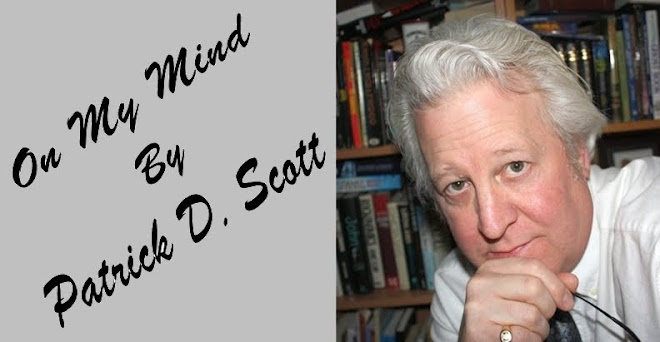Wt+1= a + r1Wt + IHW(Ht) Ht+1 = b + r2Ht + IWH (W1)
I don’t know what the world is coming to, although I am sure someone, somewhere given the right amount of funding will be able to tell me. According to Professor James Murray of the University of Washington, the above formulations are the equations for the chances of a husband and wife getting a divorce. I won’t bore you with all of the variables, suffice to say the W = wife and H = husband and uses such items as time, influence, constant state of mind and the ability to change ones state of mind. Seems to me that there are a lot more elements that make up a relationship than just that. According to these experts, nothing is really left to chance. Working from the “non-linear dynamic model” branch of mathematics, everything, no matter how unseemingly unassociated, can be shown to be relative to everything else. In an example shown in the film, “A Beautiful Mind”, a mathematical equation was given to predict the path of falling leaves from a tree. For all of you who predicted the path as “generally down”, a bonus point. This “chaos” theory proposes that there is a predictability in random events. In other words, everything that will occur, has a mathematical predictability. This flies directly in the face of Benjamin Franklin, who thought that the only things that are certain in life are death and taxes. Although, if you are wealthy and influential enough, I have to concede, even the tax part is not all that certain. Death, however is still a certainty.
In the old days, marriage was something that you worked at, not worked out. Today, at least according to these people, you can sit down and work out the variables of the equation and determine what chance your marriage has to last. If you think you need a mathematical model to figure that out, you might as well not walk down the aisle. If there was ever a self-fulfilling prophecy, this one would be it.
The study conducted by Prof. Murray and his associates began 10 years ago and involved 700 couple who were married or planned on getting married. The couples chatted for 15 minutes and had everything they said or how they reacted to their mate recorded. Each of these were weighed with a positive or negative score and then the figures were plugged into the equations. The researchers claim a success rate of 94 percent of predictability. If I had only known that life could be that easy. Now, I read that a Dr. Bernard Guerney of something called the National Institute of Relationship Enhancement , has suggested that maybe governments should make this test mandatory prior to marriage. Where do they find these people? Have they ever checked their credentials? That sheepskin hanging on the wall of his office, does it say anything about the University of Crackerjack Box? I too, could easily call myself the Sitting President of the National Research Library of the Nominally Sane, Ontario Chapter. A title does not make one intelligent or important. Unless that title is “my wife”.
Now, I am not a prominent psychologist nor am I an able mathematician, but common sense needs to prevail someplace in this world. If the success of a marriage can be established by a 15 minute oral test, then maybe I should develop my own test of the durability of marriage. I would say that after many years of marriage, I do carry a little experience in all of this. Granted, the success of this marriage was not all my doing, in fact a very valid argument could be made the other way, at least according to my wife. So here are the variables for the equation for the wife, where Wt+1 = how the wife reacts to the husbands conversation, T = hours after supper that a husband comes home t = time of the month, SI = Inherited Stupidity, R = Rational Thought Index, I = Degree of Impact, V = velocity of handiest heavy object and MX = Matrix-like move Index and whereas the higher the sum total of the equation, the greatest likelihood of impending doom.
Wt+1= T(t4) + (SI - R)(IV/MX)
and for the husbands’ equation. Where Ht+1 = How the husband reacts to the wife’s conversation, b+1 = the beer factor, C = Need of Children Index, NB = New Boat Desire, F = “Fine” factor, YM = Your Mother Ratio, R = Rational Thought Index, and P = Nights on Pullout couch and again, the higher the number, the better the chances of divorce.
Ht+1(b+1) = {(C/NB) + (F4-YM) - R}P
To me, this is as valid as the original equation, at least it all makes sense to me.
Thursday, March 5, 2009
Subscribe to:
Post Comments (Atom)



No comments:
Post a Comment